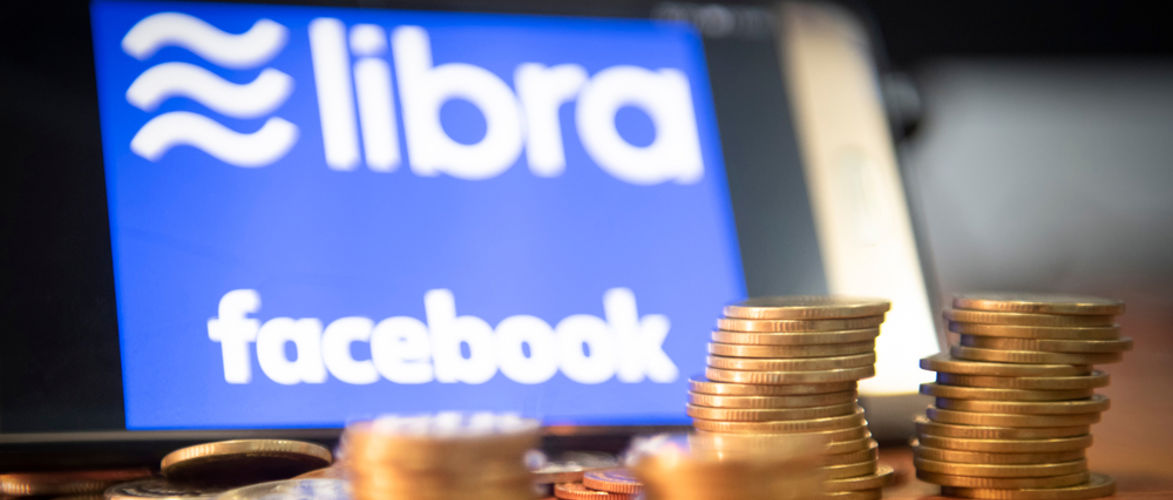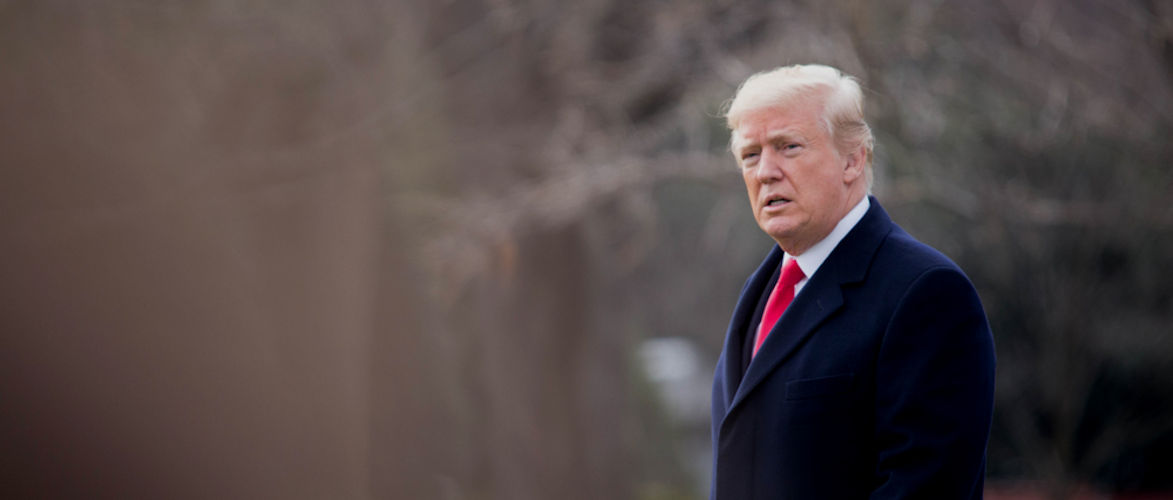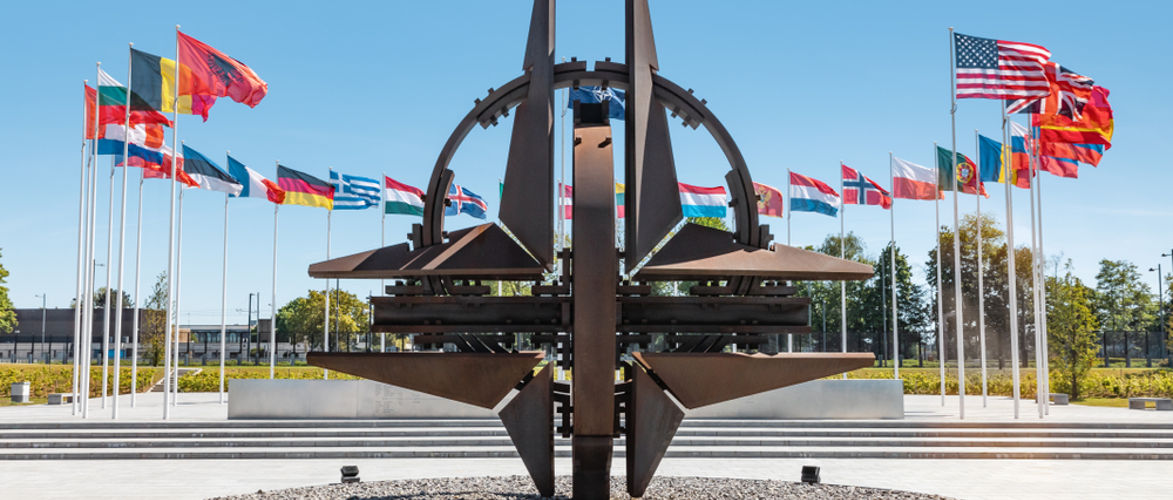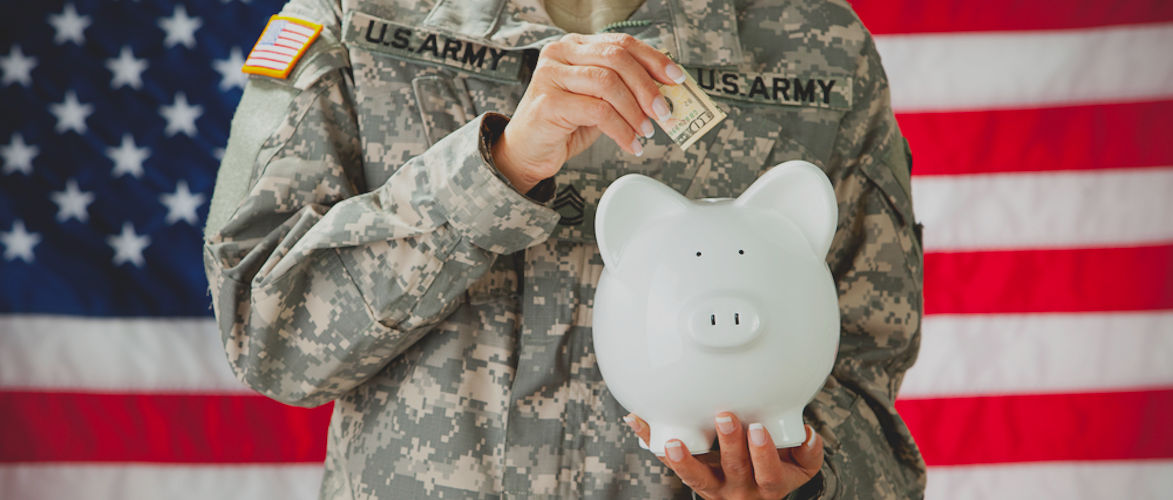A comment by Norbert Häring.
The announcement by Facebook to launch its own currency, Libra, together with around 100 partners, has rightly caused a great deal of excitement in Germany and other industrialised countries. But the industrialised countries are probably not the main target of the initiative. It is likely to aim first and foremost at defending US dominance in payment transfers against the increasing spread of Chinese alternative offers in Africa and Asia.
China is not only spreading in Africa and Asia as an investor, lender, commodity buyer and exporter. Providers of mobile payment services, first and foremost Alibaba and Tencent with the services WeChat and Alipay, are also expanding rapidly. They are cooperating with African banks and payment service providers such as the Kenyan M-Pesa. This enables merchants to make payments in Chinese yuan easily and cheaply. If payments to and from Chinese addresses are popular enough, this offer can jeopardize the dominance of the dollar for international payments in Africa. Because if customers know they can easily find a trader who needs yuan to pay for imports from China, they can accept yuan even if they have no China contacts themselves.
Other developing and emerging countries, especially in Asia, including India and Pakistan, are similarly competitive between the US and China and their payment service providers.
The US wants to counter the Chinese advance. By far the best vehicle to tackle this is Facebook. With WhatsApp and Facebook Messenger, Facebook has the dominant messenger services in almost all countries that are well suited for mass payment services. In Africa, Facebook offers free access to a basic version of the Internet via its own social medium. For millions of Africans, Facebook is synonymous with the Internet.
This background for the Libra project should be borne in mind if one wants to correctly classify the noise about the approval and regulation of Libra in the industrial countries.
However, the competition with China has probably only accelerated the project of an American social media currency. This would also have happened, because it fits into the campaign of “financial inclusion” described in Part 1, i.e. the closest possible link between a large part of the world population and a US-dominated payment system. This dominance is to be extended from international payments to domestic payments in as many countries as possible.
The White Paper of the Libra Association, which describes the Libra project, indicates the focus on developing countries and the goal of keeping their population in the US-dominated financial system. The Libra Association uses the term Financial Inclusion and writes in a prominent way:
„Despite this progress, large swaths of the world’s population are still left behind — 1.7 billion adults globally remain outside of the financial system with no access to a traditional bank, even though one billion have a mobile phone and nearly half a billion have internet access.“
Marcel Thum and Stefan Eichler from the TU Dresden have described in the ifo Express Service why Libra can be attractive for citizens of developing countries:
“In many developing and emerging countries, the central bank is abused as the government’s extended arm, leading to inflation, currency devaluation and real devaluation of savings. With the Libra, citizens could escape this kind of financial repression.”
If the Libra were to spread widely, the official domestic currency would be used less and less, they add and describe why this is a problem for the governments concerned. The essay is called “Libra – Gravedigger for Failed Currencies”. In fact, Libra is likely to be particularly successful quickly where there are especially bad currencies. However, a currency becomes stronger with every success, because the more people and companies use it, the more attractive it becomes. Next, US companies could use their new currency to roll up countries with a medium-poor currency and then countries whose citizens were completely satisfied with their currency until then.
A second important point of attack is remittances from migrants. These are very expensive, partly because many financial institutions have withdrawn from the business as a result of the US-led campaign against money laundering. This is where Facebook’s announcement that it wants to be a pioneer in developing an “open identity standard” comes into play. This is probably a nice description of a central biometric database for billions of people. Building such either centralized or networked databases to improve population control is an important secondary goal of the G20 Financial Inclusion Partnership. This is already being done intensively in developing countries. In most industrialised countries with a reasonably functioning legal system, attempts to do this have failed in the constitutional courts, including the UK and France. This is another reason a globally dominant social media system could be of use, a system where a central biometric database can be implemented a billion times on a voluntary basis. At some point, everyone will have to join in and the central biometric database will have been created without a constitutional court being able to intervene.
If Libra is successful, then the payment data and biometric data from an increasing number of countries will go to the USA, and with them the business opportunities arising from the disposal of the data, and the political power associated with knowing everything and being able to stop all payments if wanted. If you have the biometric data of the citizens, the Internet monitoring also works much better, because then you clearly identify the user of this or that website. This is already largely guaranteed in the industrialised countries. In developing countries, where the right to use a name is often unclear and Internet usage is still minor, clear biometric identities would be of great help to Fort Meade and Langley supervisors, as well as companies speculating on business opportunities.
This is what the institutions behind Libra, directly and indirectly, are aiming for.
Part 1: “The Association” can be found in the comment of 28.10.2019
+++
The post first appeared on 16.10.2019 on the blog of Norbert Häring.
+++
Thanks to the author for the right to publish.
+++
Picture hint: Poring Studio/ Shutterstock
+++
KenFM strives for a broad spectrum of opinions. Opinion articles and guest contributions do not have to reflect the editorial point of view.
+++
You like our program? Information on support options can be found here: https://kenfm.de/support/kenfm-unterstuetzen/
+++
Now you can also support us with Bitcoins.

BitCoin Address: 18FpEnH1Dh83GXXGpRNqSoW5TL1z1PZgZK










Kommentare (0)